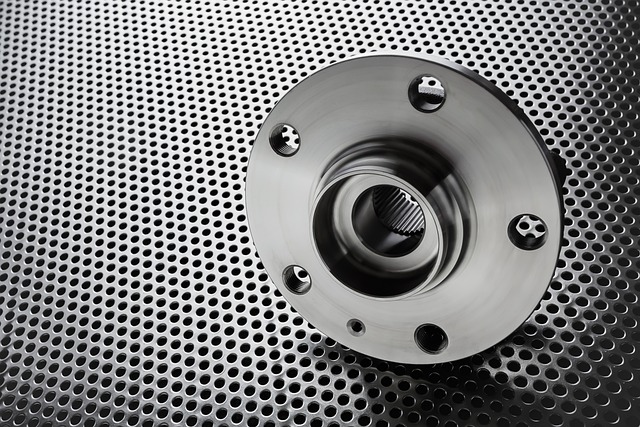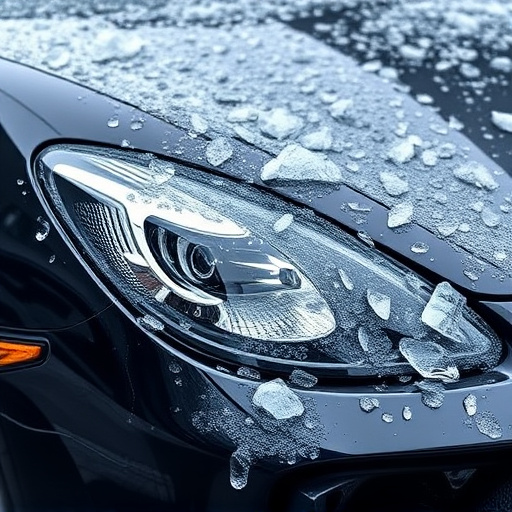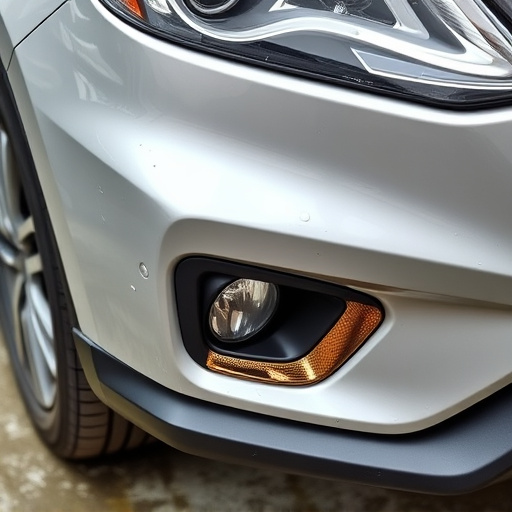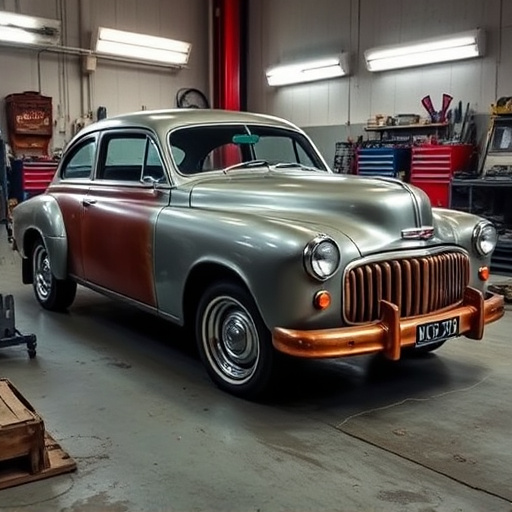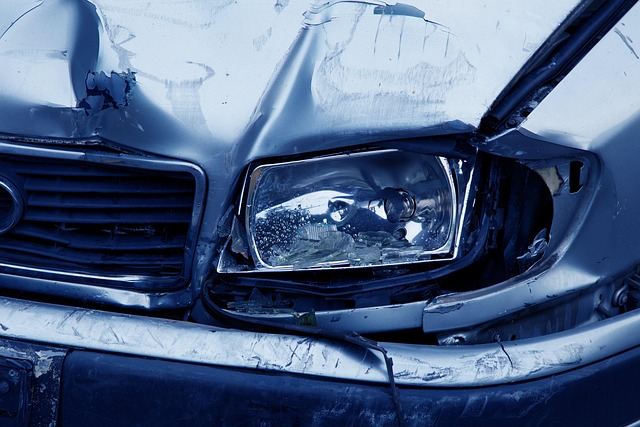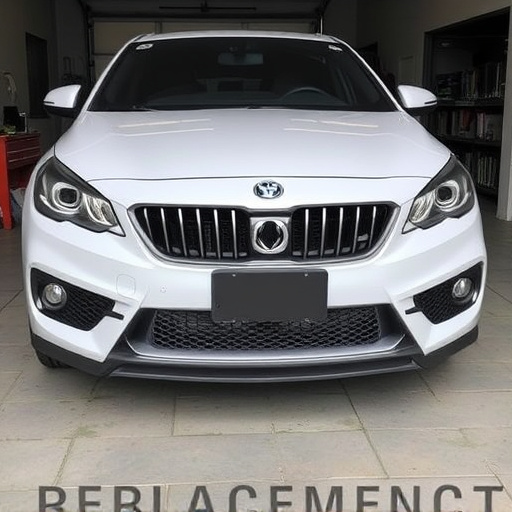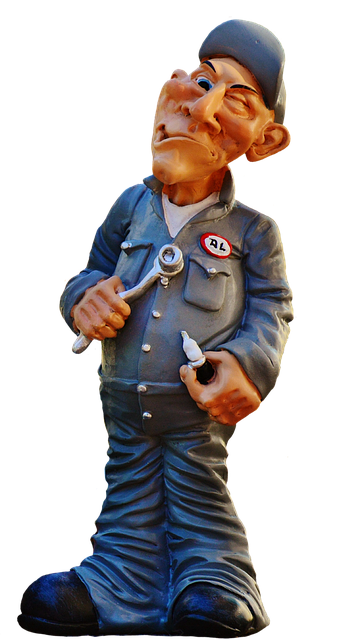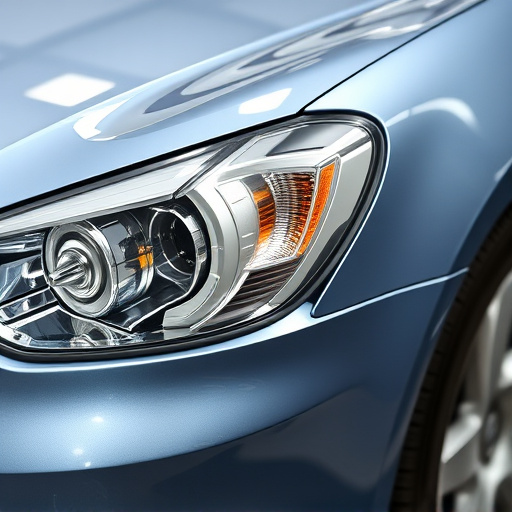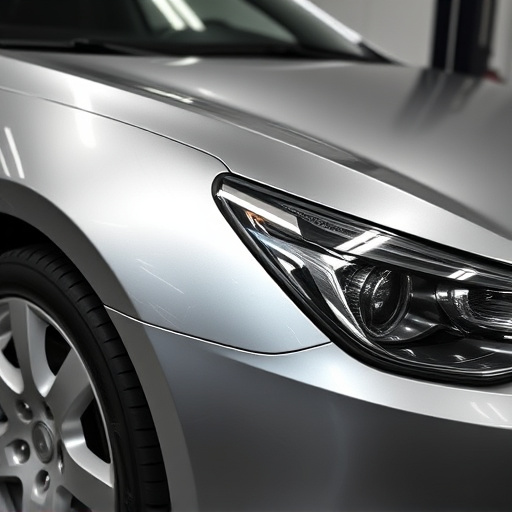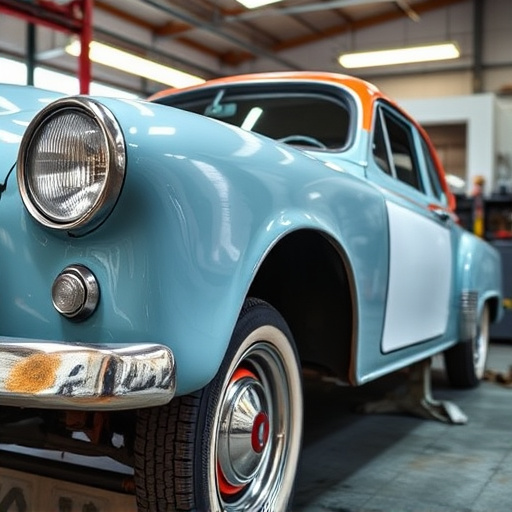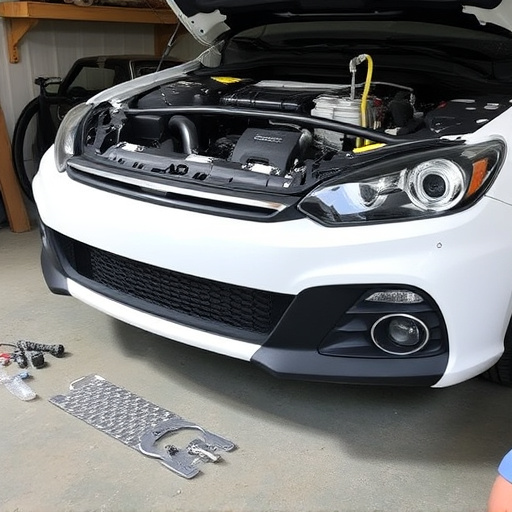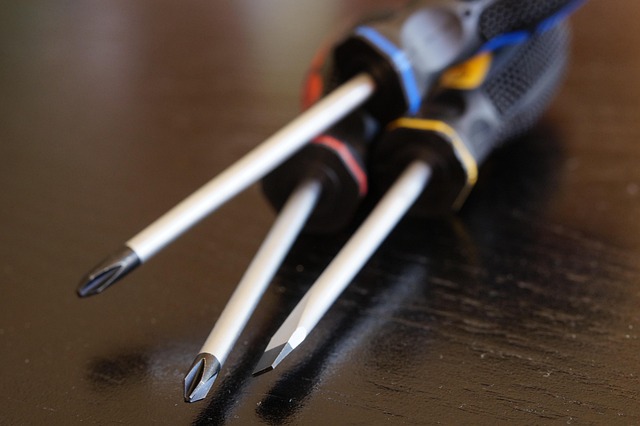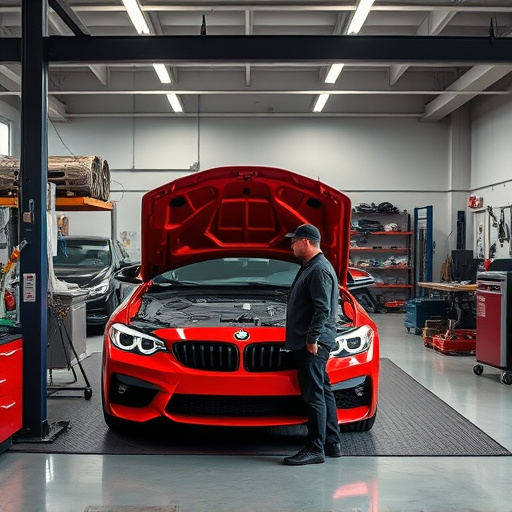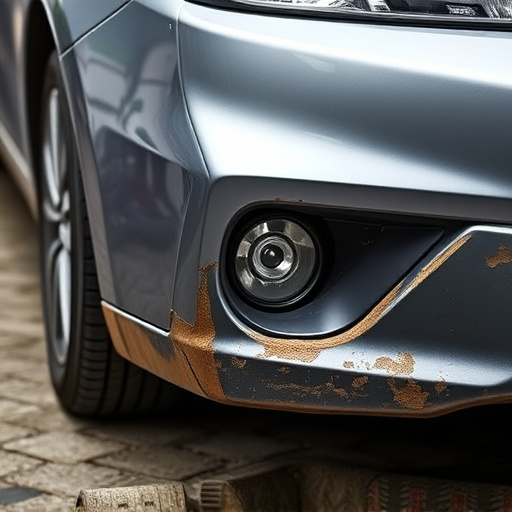The traditional art of unibody frame repair is evolving, merging classic craftsmanship with modern technology. Collision centers are transitioning from manual heritage methods to advanced training methodologies due to the increasing complexity of modern vehicles and safety standards. Auto frame repair specialists now use simulation software and digital tools to practice on complex unibody structures, ensuring precise and efficient repairs. The current challenge lies in keeping up with diverse material compositions and specialized repair techniques required for today's dynamic automotive landscape, emphasizing the need for standardized training programs that blend theory and practical application for high-quality repairs and customer satisfaction.
Unibody frame repair training is undergoing a significant evolution, driven by advancements in technology, global industry collaborations, and the increasing complexity of modern vehicles. This article explores the current state of unibody frame repair training, highlighting traditional methods and common challenges. We delve into emerging trends, including digital simulation and virtual reality training, that are shaping the future of this critical skill. Additionally, we discuss strategies to address the growing need for evolved repair standards, emphasizing safety, precision, and preparedness for complex vehicle designs.
- The Current State of Unibody Frame Repair Training
- – Overview of traditional training methods
- – Common challenges and gaps in current standards
The Current State of Unibody Frame Repair Training
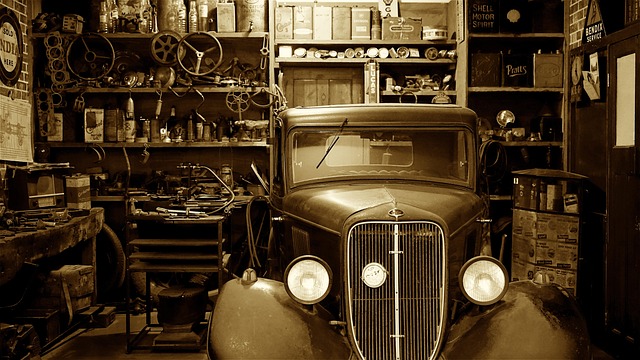
The current landscape of unibody frame repair training is a mix of traditional methods and emerging technologies. Many collision centers still rely on manual techniques passed down through generations, emphasizing precision and craftsmanship. However, with advancements in automotive design and safety standards, the industry is witnessing a rapid evolution in training methodologies. Auto frame repair professionals are now equipped with advanced tools and software that simulate complex unibody structures, allowing for more accurate and efficient repairs.
This shift towards modern training is driven by the increasing complexity of modern vehicles. Unibody frames, which integrate structural components into a single unit, require meticulous attention to detail. The rise of lightweight materials and sophisticated manufacturing processes further complicates the repair process. As such, auto dent repair specialists must adapt their skills to meet these changing demands, ensuring they stay up-to-date with the latest unibody frame repair techniques.
– Overview of traditional training methods
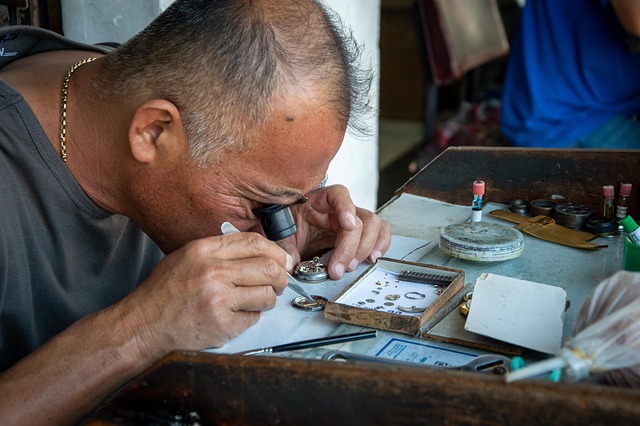
In the realm of automotive repair, Unibody Frame Repair has long been a specialized skill set exclusively honed by seasoned professionals in auto body shops and collision centers. Traditional training methods for this intricate process often involved classroom instruction supplemented with hands-on practice on actual vehicles. These programs were designed to teach the foundational principles of metalwork, welding, and structural integrity, ensuring that technicians could accurately assess and mend car frames after accidents or damages.
However, as technology advances, so too do the standards and methods for Unibody Frame Repair training. Today, many auto body shops and collision centers are integrating digital tools, simulation software, and more sophisticated equipment into their training curricula. This evolution aims to enhance learning outcomes by providing trainees with realistic scenarios and virtual experiences, mirroring the complexities of real-world auto body painting and repair processes.
– Common challenges and gaps in current standards
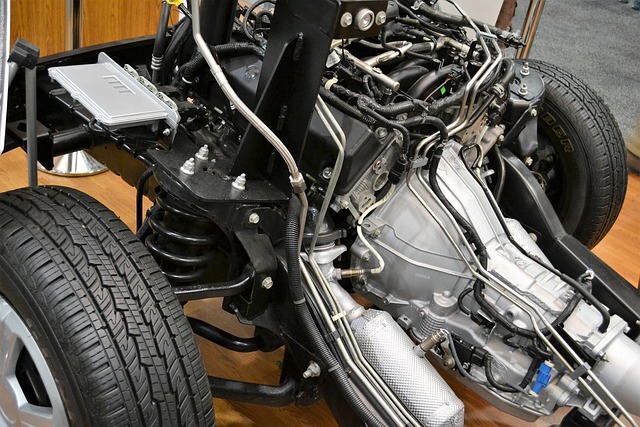
The current standards for unibody frame repair, while aimed at ensuring quality and safety, often struggle to keep pace with the evolving complexity of modern vehicles. One significant challenge lies in addressing the diverse material compositions used in car manufacturing today, from advanced high-strength steels to aluminum alloys. Technicians need comprehensive training that caters to these varying materials and the unique repair techniques required for each.
Moreover, there’s a growing demand for standardized training programs that bridge the gap between theoretical knowledge and practical application. Many auto repair services struggle to provide adequate hands-on experience, leaving technicians feeling unprepared when facing real-world car body repair scenarios. Gaps in skill development, particularly concerning precision measuring, welding techniques, and panel alignment, can lead to subpar repairs and customer dissatisfaction. Enhancing training programs to include comprehensive instruction on the latest technologies and equipment is essential for keeping up with the dynamic landscape of unibody frame repair.
As the automotive industry continues to advance, so too must the standards for unibody frame repair. The current landscape reveals a need for enhanced training methodologies to address evolving vehicle designs and complex repair processes. By identifying and addressing these gaps, we can ensure that technicians are equipped with the necessary skills to perform high-quality unibody frame repair, ultimately fostering safety and reliability on the road.
